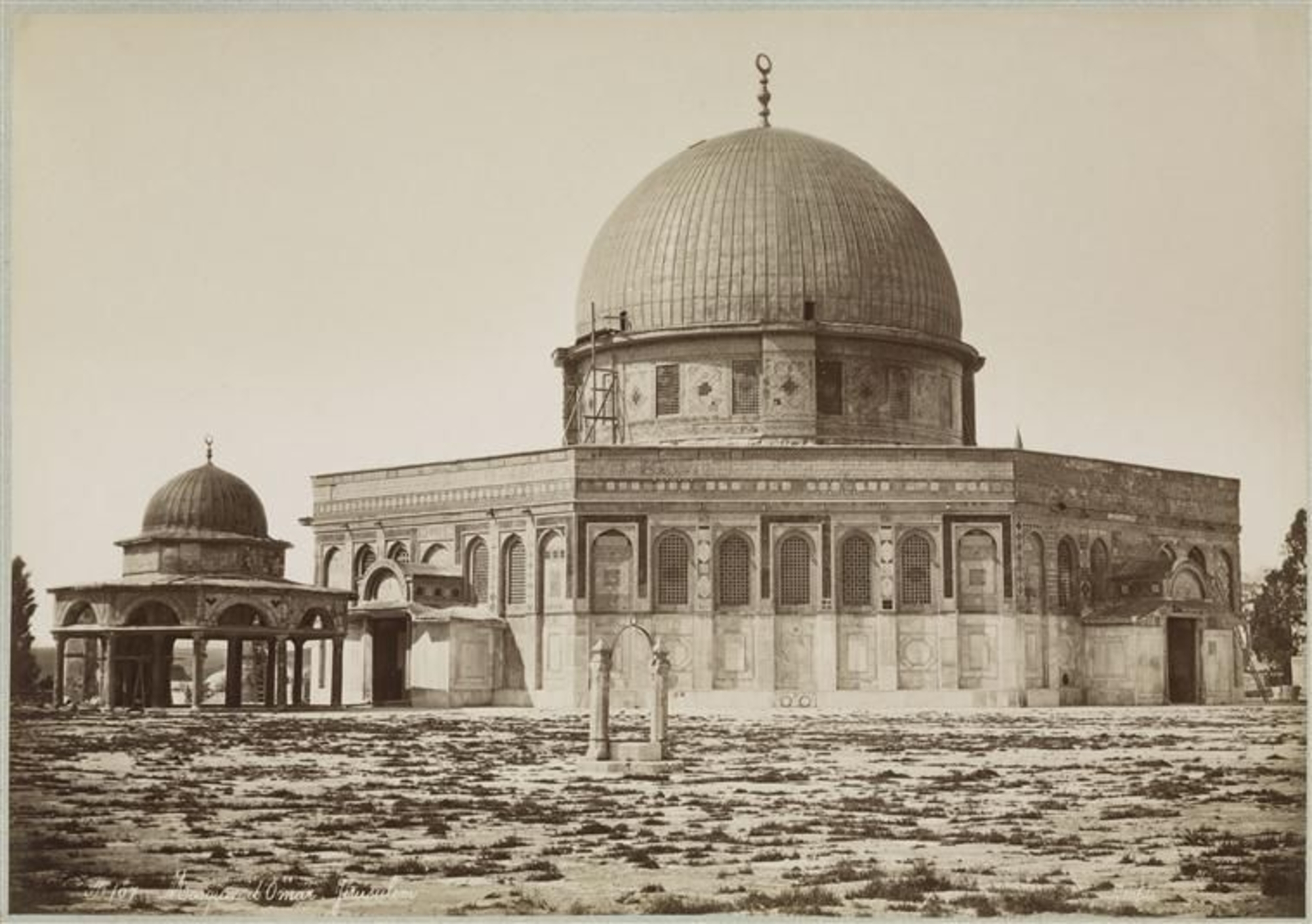- Home
- Architecture of the Umayyad Caliphs
- The Dome of the Rock
- Archaeological remains and historiography
The challenges posed by textual sources
Though there were many official poets and chroniclers at the Umayyad court whose names have passed into posterity, none of their writings have survived. All the chronicles in which the Umayyad rulers and their actions are mentioned date from after their fall in 750, and are mostly written by people in the pay of the Abbasid dynasty that succeeded them. These are biased sources, and most often in the pay of the ruling dynasty, and portray the Umayyads as despots whose lavish spending on extravagant buildings was funded by illegal and burdensome taxation.
Umayyad archaeological remains: a primary source
The study of Umayyad archaeological remains is therefore of critical importance in understanding this pivotal period from the mid-7th century to the middle of the following century. They provide a primary source that sheds light on the daily life, piety and material culture of this nascent Islamic society. The gradual development of a specific art of Islam, attesting to the formation of a new symbolic field, can be seen in surviving architecture and decorations. The growing place of Arabic and calligraphic art in this decorative vocabulary marks the emergence of a tendency in the art of this civilisation that has never faded.
